Are you ready to witness some incredible celestial events this August? Get your stargazing gear ready because this month is packed with full moons, supermoons, blue moons, and a meteor shower. But what exactly are these phenomena and when should you be on the lookout? Let’s dive in!
Full moons occur approximately every 29.5 days, and this month we have two of them. Supermoons, on the other hand, are extra special as they appear larger and brighter due to their close proximity to Earth. Blue moons are rare occurrences that refer to the second full moon in a month.
And let’s not forget about the Perseid meteor shower – one of the most active meteor showers caused by debris from comets. To make sure you don’t miss a thing, keep an eye out for rising or setting full moons, high-in-the-sky supermoons, any time blue moons, and after midnight for shooting stars during the Perseid meteor shower.
Clear skies await you as we embark on this journey through the wonders of our universe!
When are the full moons taking place this month?
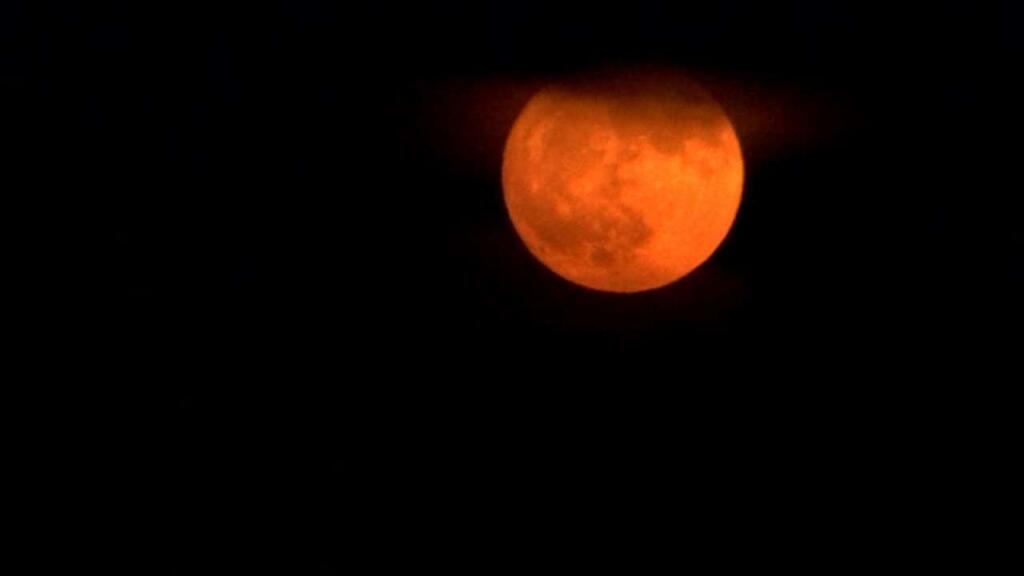
Get ready for two dazzling full moons this month in August!
The first full moon, known as the Sturgeon Moon, will occur on August 3rd. It will be visible all night long, providing ample opportunity to observe its beauty.
The second full moon, known as the Blue Moon, will grace the sky on August 31st. This is a special occurrence because it is the second full moon in a single month. While it won’t actually appear blue, it will still be a magnificent sight to behold.
Remember, full moons are best observed when they rise or set, so keep an eye out for these breathtaking lunar events during those times.
Don’t miss out on these celestial wonders!
What is a supermoon?
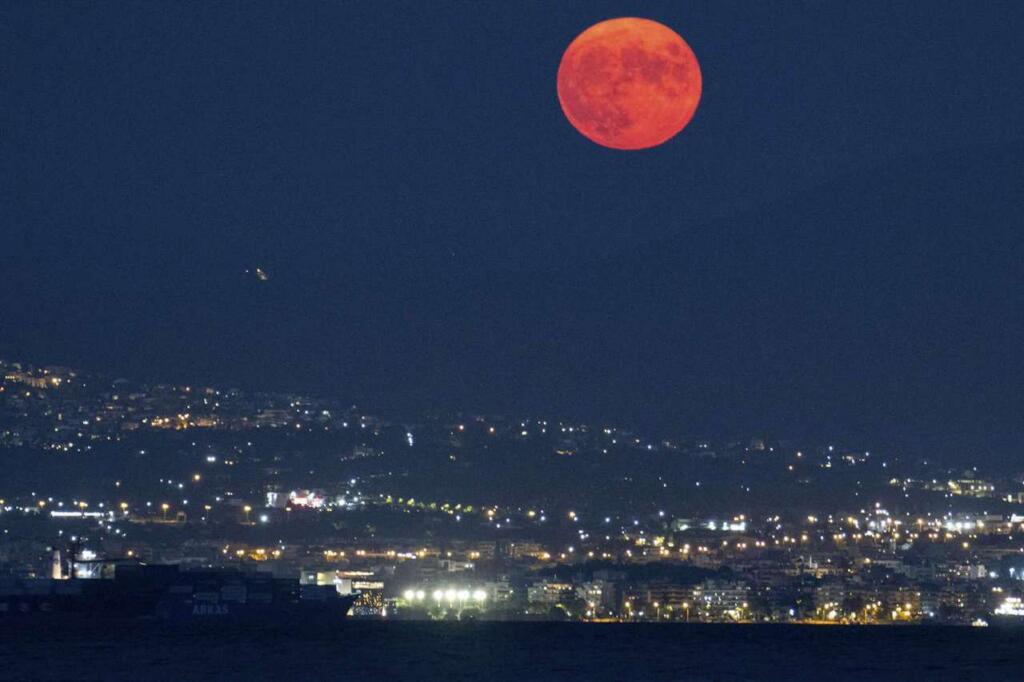
A supermoon occurs when the moon is at its closest point to Earth in its elliptical orbit. This proximity creates an optical illusion that makes the moon appear up to 14% larger and 30% brighter than a regular full moon.
Supermoons are rare events that captivate stargazers around the world. They can be seen with the naked eye and are best observed when they are high in the sky.
The increased brightness of a supermoon illuminates landscapes, providing a breathtaking backdrop for photographers.
Additionally, supermoons have been known to influence tides, causing higher than normal levels along coastal areas.
Don’t miss this extraordinary celestial phenomenon during August’s astronomical extravaganza!
What is the difference between a full moon and a supermoon?
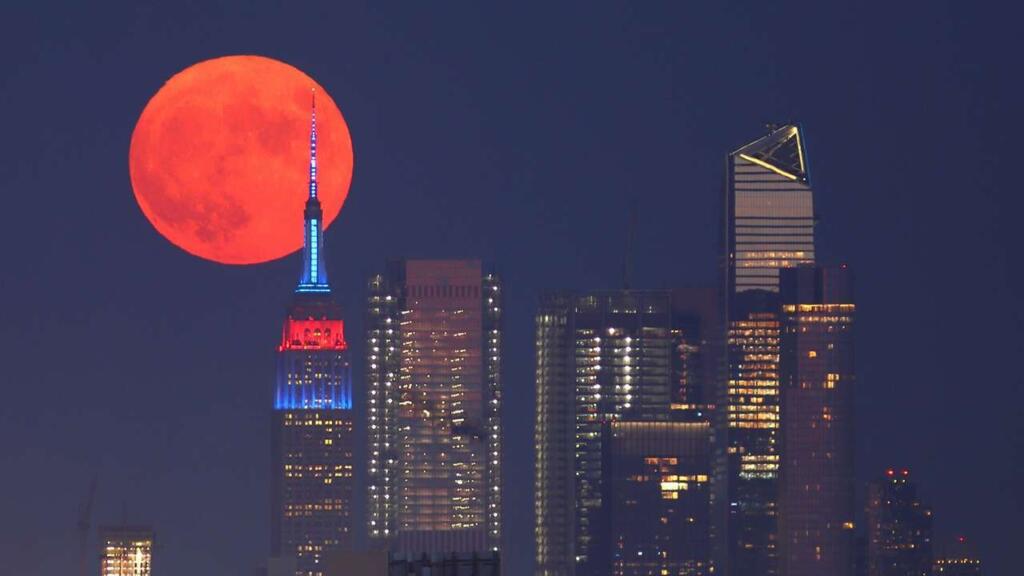
Don’t miss out on the chance to witness the striking contrast between a regular full moon and a supermoon. The latter appears significantly larger and brighter, creating an awe-inspiring spectacle in the night sky.
Here are three key differences between a full moon and a supermoon:
- Size: A supermoon appears larger because it occurs when the moon is closest to Earth in its elliptical orbit. This proximity makes it appear up to 14% bigger than a regular full moon.
- Brightness: Supermoons shine more brightly due to their increased size. The combination of being closer to Earth and reflecting more sunlight creates a dazzling display that captivates stargazers.
- Impact: Supermoons can cause higher tides due to their gravitational pull on Earth’s oceans. Coastal areas may experience extreme tides or even flooding during these events.
So mark your calendar and prepare for an extraordinary celestial show this August. Both regular full moons and the breathtaking spectacle of supermoons will illuminate the night sky.
What is the Sturgeon Moon?
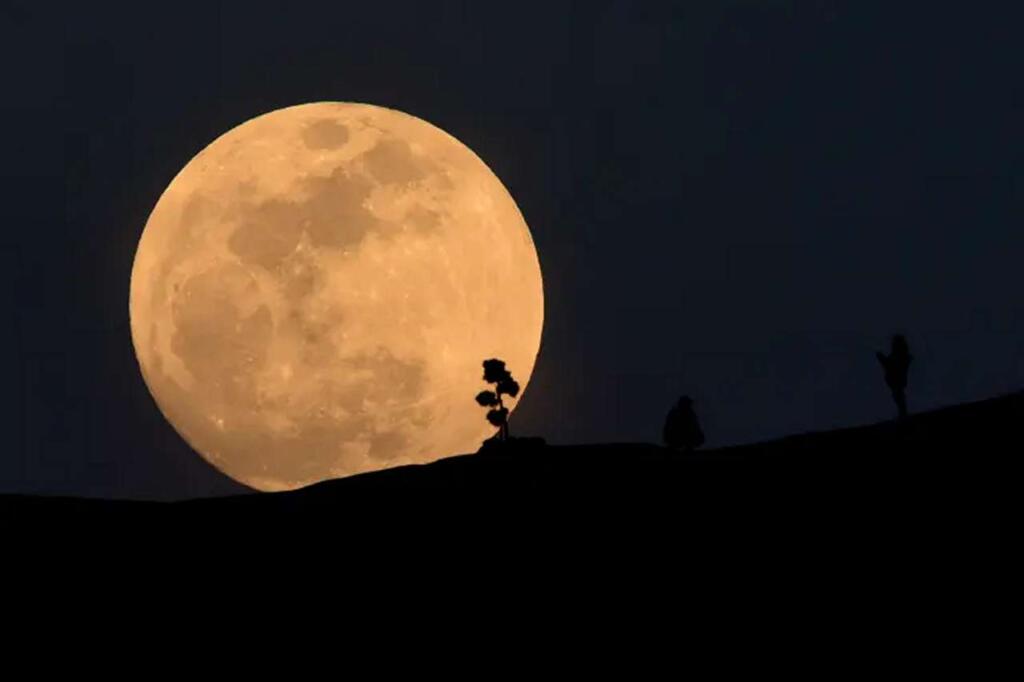
Witness the celestial wonder of the Sturgeon Moon, an August lunar event that will leave you in awe of its beauty and significance.
The Sturgeon Moon is one of the many names given to the full moon that occurs in August. This name comes from Native American tribes who associated it with the abundance of sturgeon fish during this time of year. It symbolizes a time of harvest and plenty.
The Sturgeon Moon is a sight to behold, with its bright glow illuminating the night sky. It serves as a reminder of nature’s cycles and our connection to the natural world.
Take a moment to appreciate this magnificent lunar spectacle and marvel at the wonders of the universe.
Is there another name for the Sturgeon Moon?
Named after the abundance of sturgeon fish, the Sturgeon Moon holds a special significance in August’s lunar calendar. This full moon is also known by another name, the Green Corn Moon.
Here are some key facts about the Sturgeon Moon:
- It is named after the sturgeon fish, which were plentiful and easy to catch during this time.
- The name ‘Green Corn Moon’ refers to the ripening corn crops during this period.
- The Sturgeon Moon marks an important time for fishing and harvesting in many cultures.
- It is believed to bring good fortune and abundance to those who observe it.
- This full moon signifies a time of preparation for the upcoming harvest season.
So, when you gaze up at the Sturgeon Moon in August, remember its connection to nature’s bounty and take a moment to appreciate the traditions and rituals associated with this celestial event.
What is a Blue Moon?
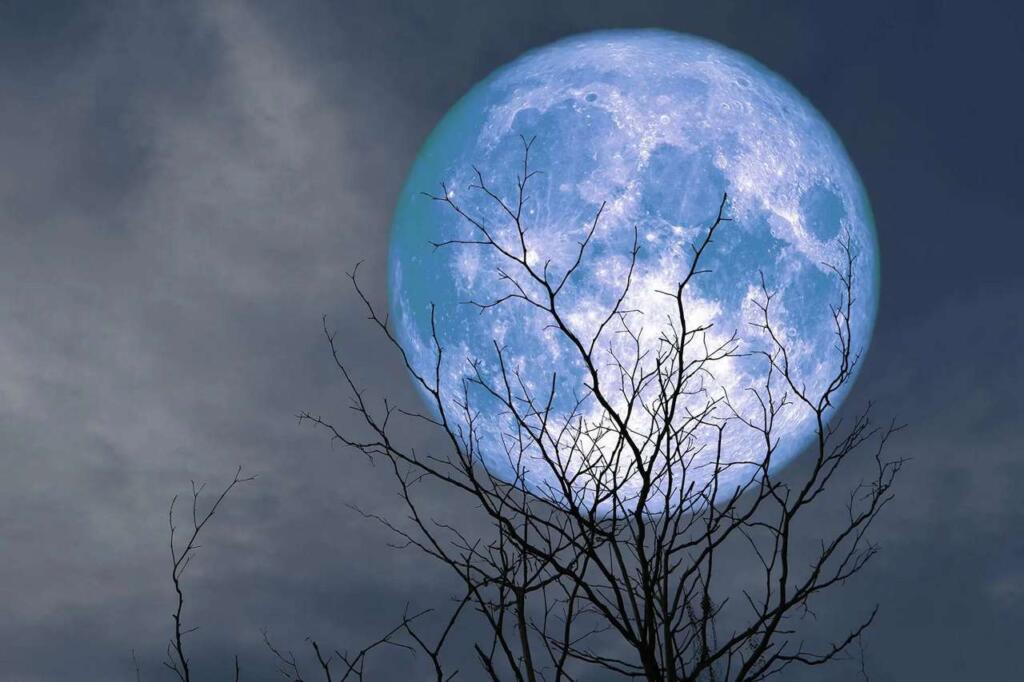
When you look up at the night sky, you’ll find yourself intrigued by the captivating phenomenon known as a Blue Moon. Contrary to its name, a Blue Moon is not actually blue in color. It refers to the second full moon that occurs within a calendar month. This rare occurrence takes place approximately every 2.7 years, making it an exciting event for astronomers and stargazers alike. The term “Blue Moon” can also be used to describe something that is unusual or unexpected.
To help you understand this concept better, here is a table showcasing the different types of moons:
| Type of Moon | Definition |
|---|---|
| Full Moon | Occurs every 29.5 days and has various names |
| Supermoon | Appears larger and brighter when closest to Earth |
| Blue Moon | Second full moon in a month (approximately every 2.7 years) |
| Sturgeon Moon | August’s full moon named after sturgeons |
Now that you know about Blue Moons, get ready to witness their enchanting beauty during their rare appearances in the night sky!
Why do all the full moons have names?
Experience the captivating beauty of each full moon as you explore the intriguing reasons behind their unique names.
Full moons have names because they were used to mark time and keep track of the changing seasons. These names originated from various cultural traditions and reflect the significance that full moons held in different societies.
For example, the Harvest Moon occurs closest to the autumn equinox and was named so because it provided extra light for farmers during harvest time. The Pink Moon got its name from the pink flowers that bloom in springtime. The Wolf Moon was named after wolves howling outside Native American villages during winter nights.
Each name tells a story and adds depth to our understanding of these celestial events, making them even more enchanting to witness.
What are the Perseids?
Now that you understand why full moons have names, let’s dive into the exciting world of meteor showers. Specifically, let’s explore the Perseids.
- The Perseids are an annual meteor shower that occurs in August. They are caused by debris from the Swift-Tuttle comet burning up in Earth’s atmosphere.
- The Perseids are known for their high activity, making them one of the most active meteor showers of the year.
- During the peak night of the Perseid meteor shower, you can witness a spectacular display of shooting stars streaking across the sky.
So mark your calendar and set your alarm because witnessing the Perseid meteor shower is an experience you won’t want to miss! Grab a blanket, find a comfortable spot away from city lights, and prepare to be amazed as nature puts on a dazzling show just for you.
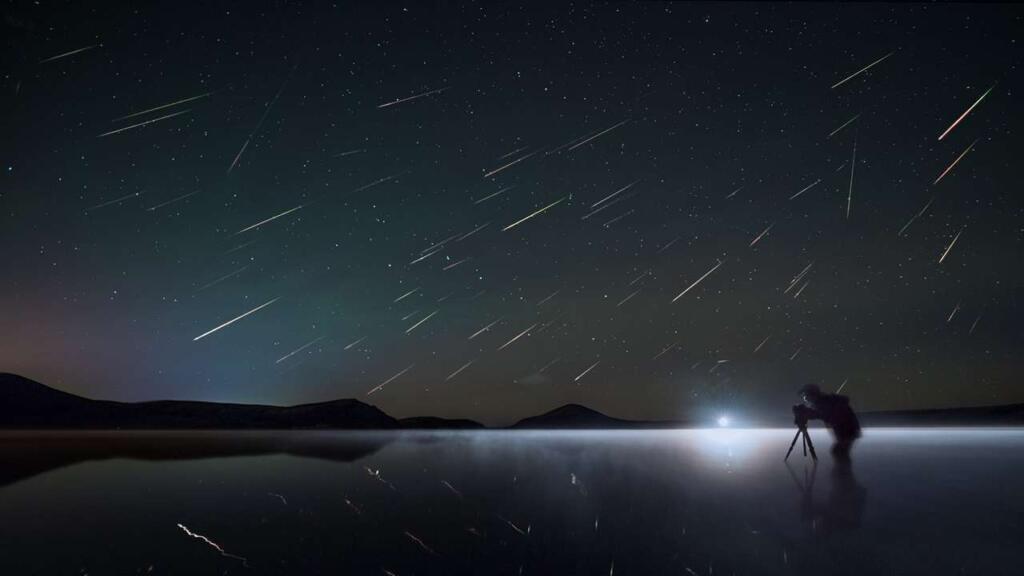
When should I watch for the Perseids?
Get ready to witness a breathtaking celestial spectacle as shooting stars streak across the night sky during the Perseid meteor shower. To catch the best view of this annual event, be prepared to stay up late or wake up early.
The peak nights for the Perseids usually occur around August 11th to 13th, but you’ll have a chance to see meteors in the days leading up to and after these dates as well.
For optimal viewing, find a location away from city lights and make sure you have a clear view of the sky. Settle in after midnight when the moon has set and keep your eyes peeled for quick flashes of light darting across the heavens.
Don’t forget to bring a blanket or chair for comfort and be patient – sometimes it takes a little while for your eyes to adjust to the darkness.
Enjoy this awe-inspiring display of nature’s fireworks!
Final Thoughts
In the month of August, there are plenty of astronomical events to marvel at. From full moons and supermoons to blue moons and the dazzling Perseid meteor shower, the night sky is sure to captivate you.
Remember to look out for the full moons rising or setting, keep an eye on the sky for supermoons, and don’t miss the opportunity to witness a rare blue moon.
And if you’re a fan of shooting stars, be sure to stay up past midnight for the breathtaking Perseid meteor shower.
Clear skies await you as you embark on your stargazing adventure this August!
Frequently Asked Questions
How often do blue moons occur?
Blue moons occur once every 2.7 years. They refer to the second full moon in a month and have symbolic meanings. These rare events add excitement to the lunar calendar and spark curiosity among astronomers.
What is the cultural significance of full moons?
Full moons have cultural significance. They are associated with beliefs, rituals, myths, and legends. Full moons mark time and impact nature and wildlife. Their beauty inspires curiosity and wonder among astronomers and enthusiasts alike.
How do supermoons affect tides?
Supermoons, when the moon is closest to Earth, can cause higher tides due to their increased gravitational pull. In coastal areas, this can lead to extreme tides and even flooding in some cases.
How often does the Perseid meteor shower occur?
The Perseid meteor shower occurs annually in August. It is known for its high activity and provides a spectacular display of shooting stars. Astronomers and stargazers eagerly anticipate this event each year.
What is the best time to observe the Perseids?
The best time to observe the Perseid meteor shower is after midnight. Find a location with clear skies, away from city lights, and look towards the northeast sky. Enjoy the spectacular display of shooting stars!
When is the next full moon in the United States?
The next full moon in the United States will be on Tuesday, August 1, 2023, at 2:32 PM EST.
What is the name of the full moon in August 2023?
The full moon in August 2023 is called the Sturgeon Moon. This name comes from the fact that sturgeon, a large fish, are abundant in the Great Lakes during this time of year.
What time does the full moon rise in the United States?
The time that the full moon rises in the United States varies depending on your location. You can use a moonrise calculator to find the exact time for your area.
How long does a full moon last?
A full moon technically lasts for only one moment, but it appears full to the naked eye for about three days.
What is the best time to see the full moon?
The best time to see the full moon is shortly after it rises, when it is still low in the sky. This is because the moon will appear larger and brighter when it is close to the horizon.
Can I see the full moon during the day?
Yes, you can see the full moon during the day, but it will not be as bright as it is at night.
What happens during a full moon?
During a full moon, the side of the moon that is facing the Earth is fully illuminated by the sun. This is why the moon appears full.
What are the effects of a full moon?
There are many myths and legends about the effects of a full moon, but there is no scientific evidence to support these claims. Some people believe that the full moon can cause people to be more emotional or restless, but there is no evidence to support this.
What are some superstitions about full moons?
There are many superstitions about full moons, including the belief that they can cause people to become more aggressive or that they can increase the risk of accidents. However, there is no scientific evidence to support these claims.
What are some fun facts about full moons?
The moon’s gravity can actually affect the tides on Earth.
The full moon is the brightest phase of the moon.
The full moon is often used as a symbol of romance and mystery.

















